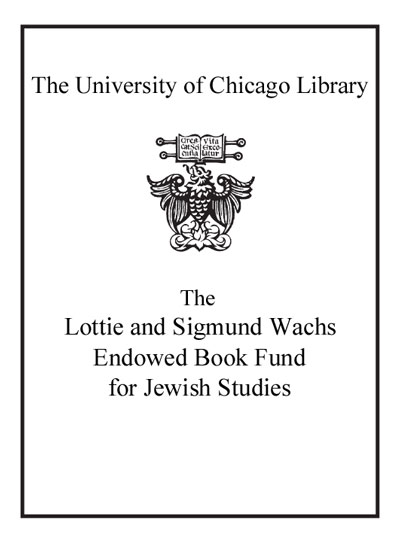| Summary: | At the start of his life-long career, Magnum photographer Leonard Freed (1929-2006) lived for many years in Amsterdam, from 1957 till 1970. As an American Jew, coming from a family of Russian immigrants, he felt at ease in this historic city with its liberal spirit and longstanding tradition of tolerance to Jews. Fascinated by the remarkable recovery after the Holocaust of Jewish life in Amsterdam, where only 14,000 of 75,000 Jews survived, the young Freed made this the topic of his first documentary as a professional photographer. Immersing himself in the Amsterdam Jewish community for more than a year in 1957-1958, he visited synagogues, study centres, schools and festivities, and followed people in their homes, at work and on the streets. Working within the traditions of humanistic photography, Freed made a multifaceted and compelling portrayal of a community that had endured unimaginable sufferings, but was now trying to forget, and rebuild a new life, demonstrating a striking resilience and vitality. Considering himself to be an author rather than a journalist, from the onset it was Freed's aim not to make an encyclopaedia of Jewish life, but to paint an atmosphere, "to depict a vibrant community." He therefore focused optimistically on the younger generations and left out any hints to the Holocaust, such as the ruins of the Jewish quarter. This hopeful perspective, of looking at the future and forgetting the past, seems to be both a reflection of Freed's own outlook on life and the prevailing spirit in the Jewish community in the 1950s. Today, in hindsight, we know that the traumas of war were still lingering on and could not be ignored, to burst out in the 1960s and 1970s. This knowledge of hidden pain and silence brings to the pictures a duality, a historical layering and a sense of poignancy, that Freed and the people he photographed could not have been aware of. Exhibition: Historisch Museum, Amsterdam, The Netherlands (30.10.2015-14.02.2016).
|
|---|

